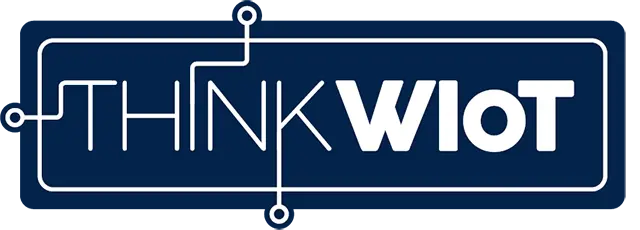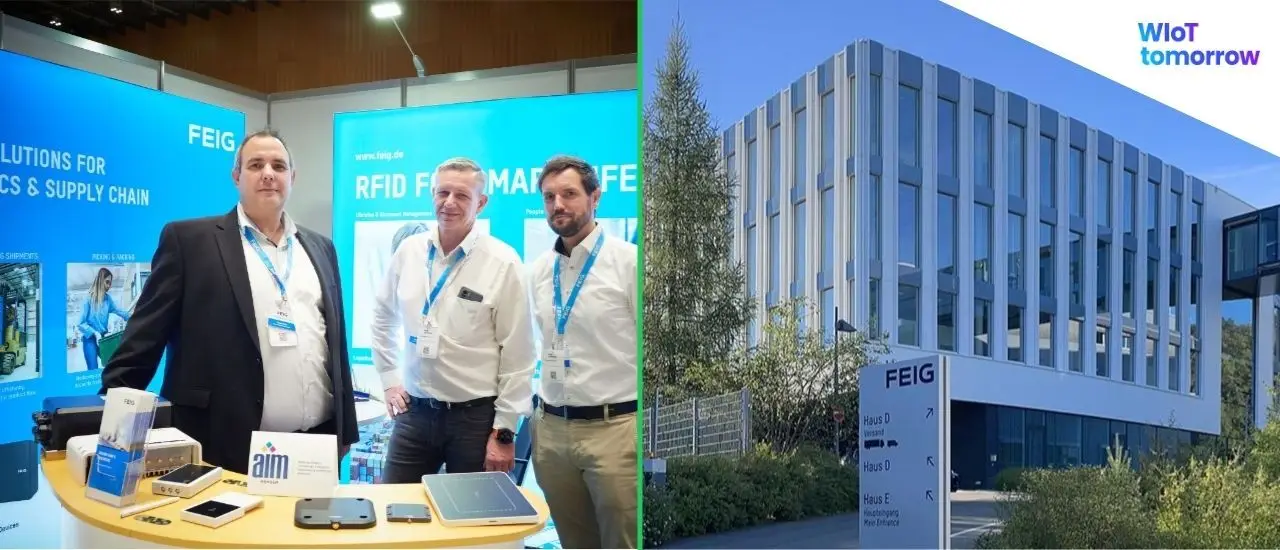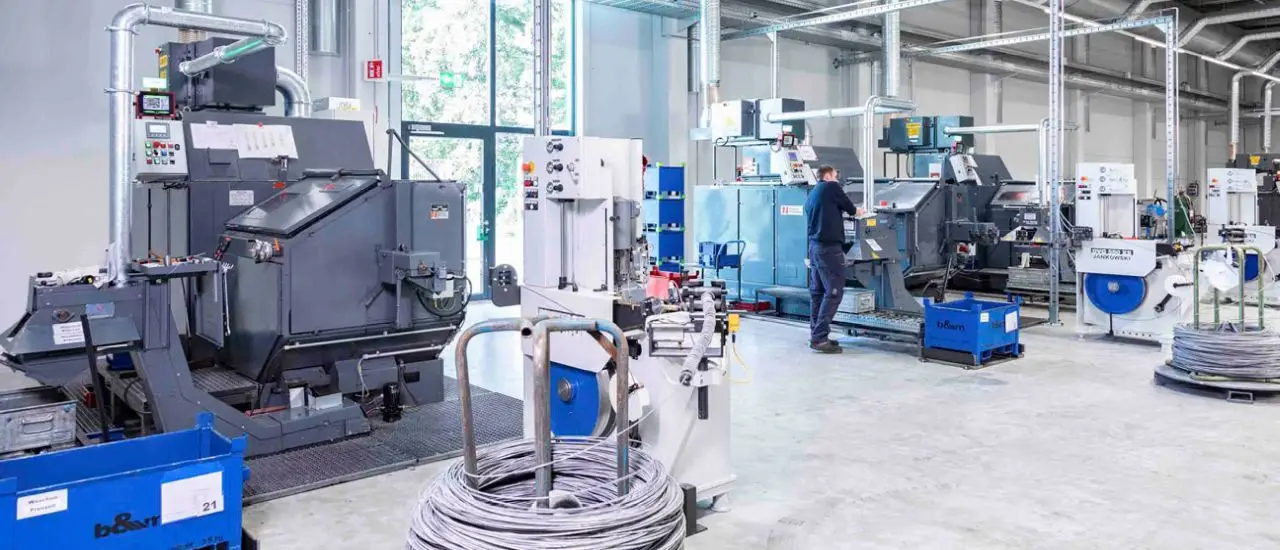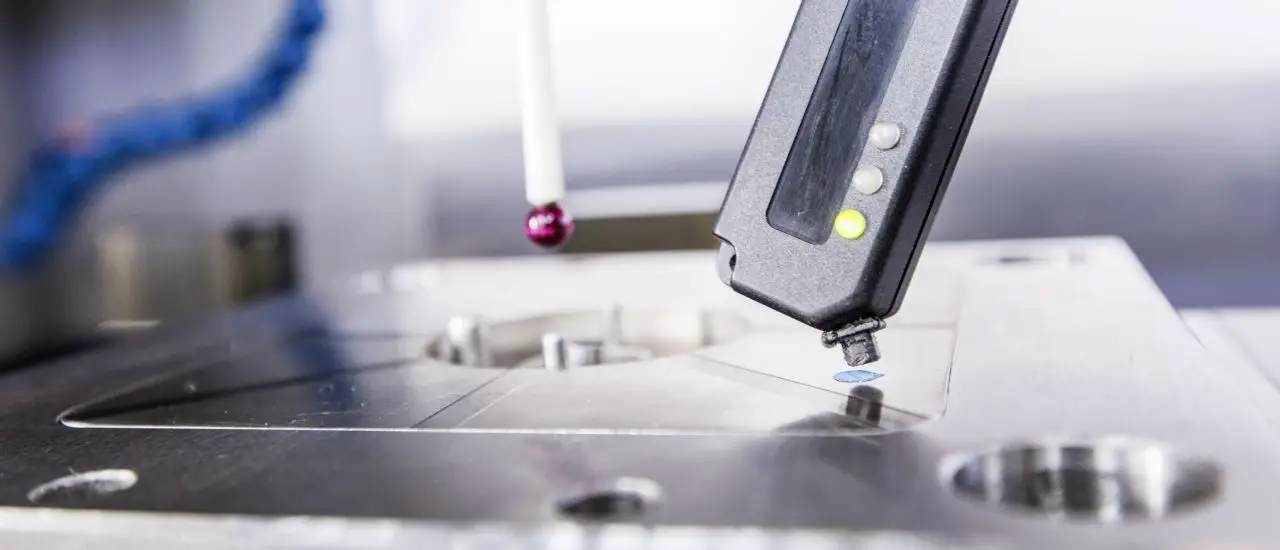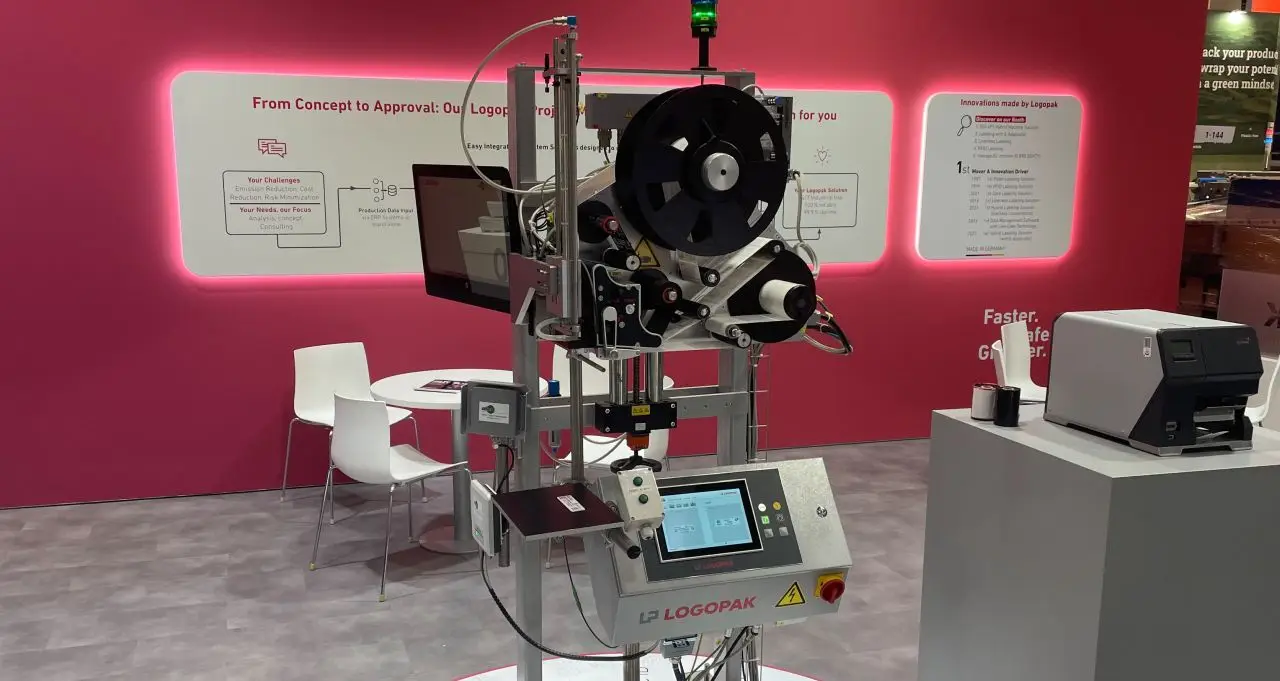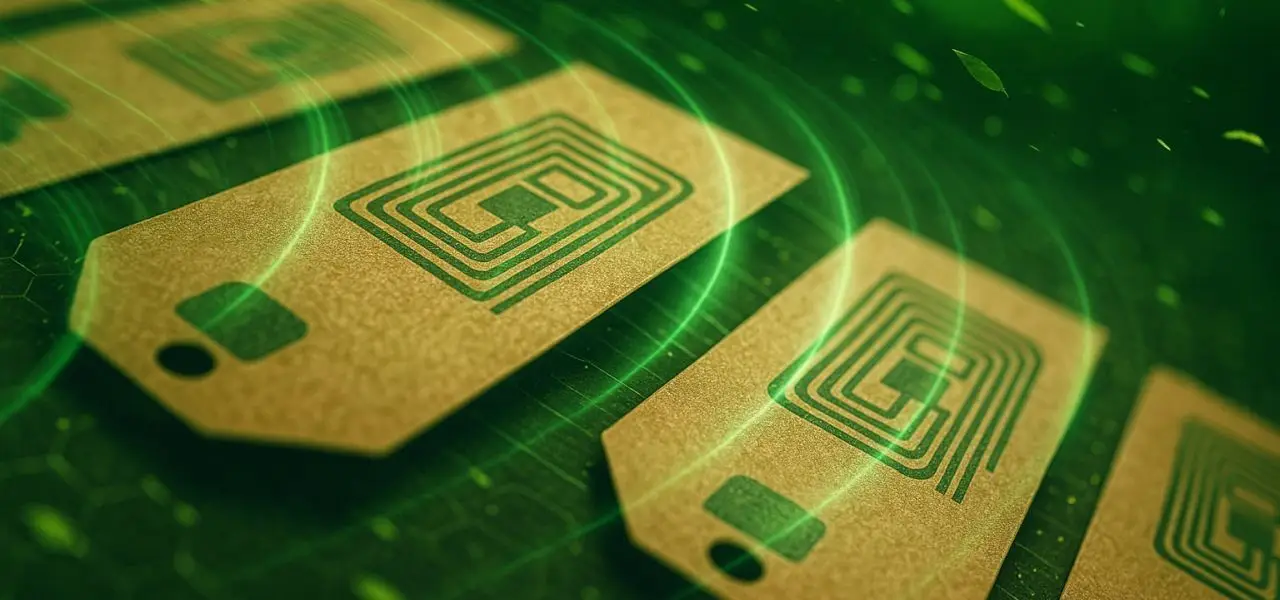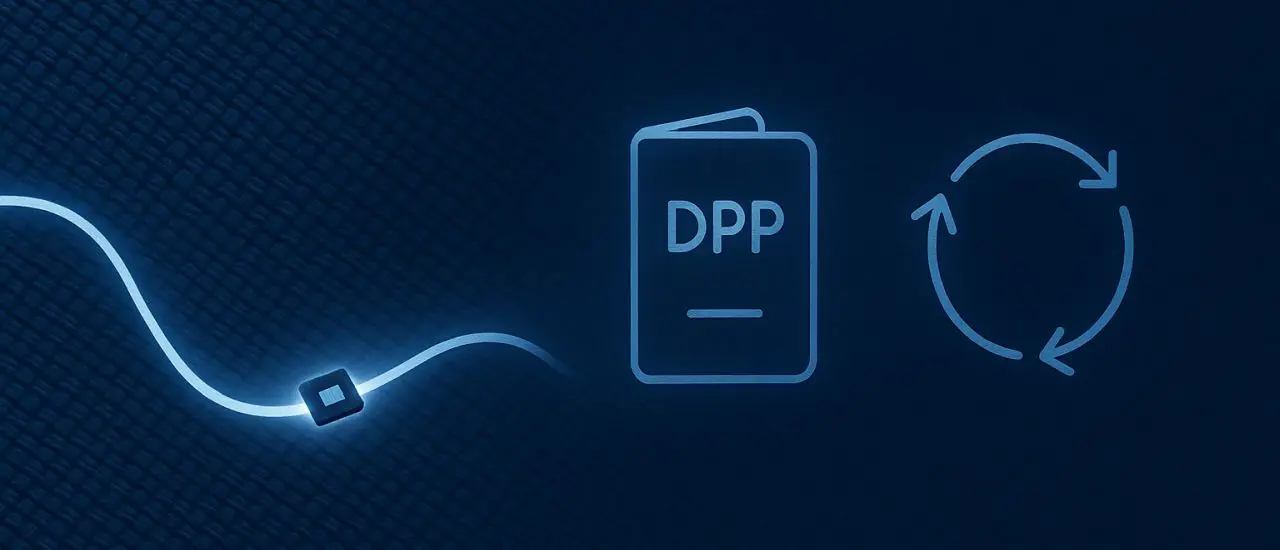- FEIG's UHF readers are built as a platform with a shared communication protocol for seamless variant interchangeability.
- Certified LRU4000X and MRU400X models meet railway standards and withstand vibration, shock, extreme temperatures, dust and moisture.
- An integrated Linux OS enables proprietary edge applications, reducing the need for external hardware and simplifying cloud integration.
- Compact, low-power modules enable novel use cases such as drone inventory and targeted container or vehicle tracking.
- The R-Loop radar sensor combined with UHF readers offers long-range access control without asphalt cutting and improves safety around barriers.
FEIG ELECTRONIC is presenting a wide range of UHF RFID readers at WIoT tomorrow 2025 – from integrable modules and robust devices for vehicles to solutions for access control and logistics. In conversation with Daniel Büth, Head of Sales IDENTIFICATION at FEIG ELECTRONIC, we discuss the platform strategy, performance in endurance testing, and specific applications at the booth.
Platform, protocol, variety of options
The overall strategy: What is FEIG's vision for its broad UHF reader family? Are you positioning yourself as a "one-stop shop" for UHF?
Daniel Büth: The next-generation UHF RFID readers were consistently developed as a platform. This enables a wide variety of variants: from UHF RFID modules for integration into machines and control cabinets to robust, industrial-grade readers with approvals for direct vehicle mounting.
Crucially, all readers use the same communication protocol. Anyone who has integrated one variant into their application can switch to other variants without additional integration effort. This means that everyone can find the right solution – for very different UHF requirements.
Approvals & endurance testing in the railway environment
In endurance testing: What makes your robust readers with M12 connectors so reliable, especially for the railway environment?
Daniel Büth: The LRU4000X and MRU400X are certified according to relevant railway standards and can withstand vibrations, shocks, extreme temperatures, dust, and moisture. Our devices have been running in rail vehicles for over ten years – with very low error rates. This increases availability and reduces maintenance costs.
In addition to the railway market, they are also suitable for all types of vehicles (e.g., forklifts) or for real-time inventory management in trucks and vans. M12 connectors and high protection classes ensure reliable operation in outdoor applications.
Integration & Edge Apps on Linux
The bridge between worlds: How do your readers deliver top performance in both heavy industry and sensitive areas such as laundry logistics?
Daniel Büth: At the heart of it all is robust electronics. In addition, an integrated Linux operating system runs on the devices. Proprietary edge applications, such as for cloud connectivity or data preprocessing, can be executed directly on the reader. External hardware is often unnecessary. This reduces complexity and costs and accelerates integration into industrial IT and existing middleware/SDK stacks.
Logistics & drone inventory
A look at practical applications: Are there any surprising examples of how the UHF reader family can be used?
Daniel Büth: Compact design and low power consumption – especially in the module – open up new possibilities, such as integration into drones. This speeds up inventory in warehouses and enables the targeted tracking of objects in port facilities (containers, vehicles). In addition, transponders with sensor technology and security features are continuously expanding the range of use cases – from asset tracking and inventory management to access control.
Access & access control with R-Loop
The trade fair highlight: Which live demo should visitors not miss?
Daniel Büth:
The combination of our UHF readers with external sensors, especially with the new R-Loop sensor. R-Loop is radar-based and can replace the induction loop in access control.
Advantages: easy installation on the barrier housing, no cutting into the asphalt, and non-metallic objects in the security area are also detected – the barrier does not close when people are in the vicinity. Ideal for long-range reading scenarios in access control.
FEIG as a partner
What expertise do you offer visitors with specific challenges?
Daniel Büth: Over 35 years of experience and solutions for all common passive frequencies – complemented by a broad product portfolio.
FEIG positions itself as a hardware manufacturer: After analyzing requirements, we connect customers with a suitable system partner from our network – with a view to regional proximity and industry expertise. The combination of manufacturer and solution expertise ensures efficient implementation and a short time-to-value.
Closing remarks
Whether robust rail readers, integrable modules, or smart combinations with sensor technology – the platform approach makes UHF scalable and future-proof. Visitors to WIoT tomorrow 2025 can experience the reader generation live at the booth and receive concrete answers to individual requirements.
FEIG will also be presenting the new ID PR103-USB RFID proximity table reader at WIoT tomorrow 2025. It increases RF performance, comes in a more compact design, and offers backward-compatible USB integration—ideal for precise short-range identification in libraries, industry, healthcare, and logistics.
Presentation highlight: Frank Edunjobi, Senior Project Manager PAYMENT (FEIG ELECTRONIC GmbH), will speak in the “Smart City: Intelligent Infrastructure” forum on “Smart Cities: EV-Charging meets Payment” on October 22, 2025, 11:00–11:30.


